The Papanjiang No. 1 Bridge in Guizhou Province is a remarkable feat of engineering, recognized as the world’s highest bridge. Towering at an incredible height of 565 meters (1,854 feet) above the Papanjiang River, this bridge is not only an engineering marvel but also a symbol of China’s technological progress in modern infrastructure. The bridge’s completion is a testament to China’s ambition to improve its transportation infrastructure and overcome the challenges posed by the country’s rugged and mountainous terrain. In addition to this awe-inspiring bridge, Guizhou and Yunnan provinces are home to some of the most stunning natural landscapes and cultural experiences in China.
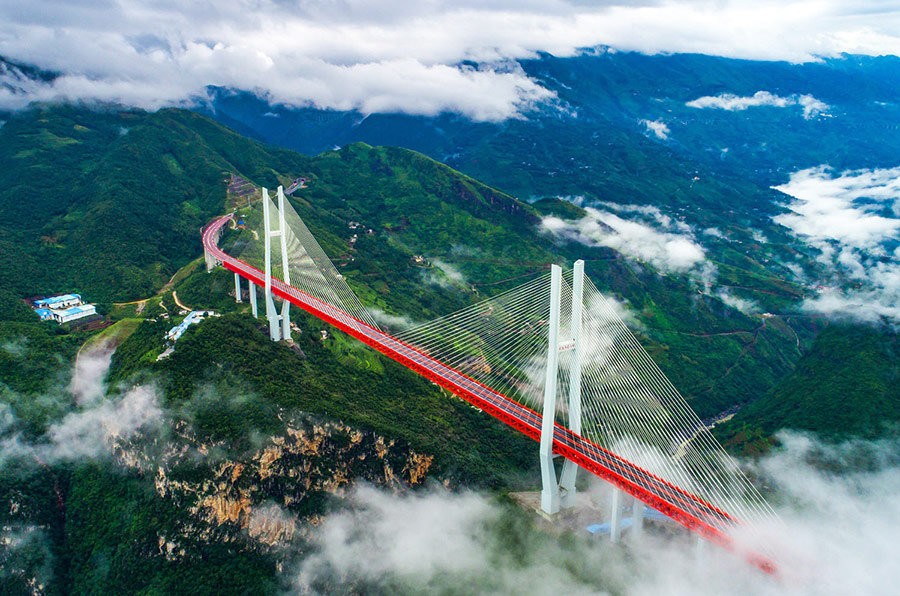
Let’s explore the Papanjiang No. 1 Bridge, its technological achievements, world records, and the breathtaking tourist destinations that make Guizhou and Yunnan unforgettable travel experiences.
Papanjiang No. 1 Bridge: The World’s Highest Bridge
Geographical Location
The Papanjiang No. 1 Bridge is located in the Qianxinan Buyei and Miao Autonomous Prefecture of Guizhou Province, a region known for its mountainous terrain. Specifically, the bridge spans the Papanjiang River, which is nestled between steep valleys and cliffs in this remote and inaccessible part of southwestern China. The bridge is part of the G56 Hukun Expressway, connecting Hangzhou and Kunming. The area around the bridge is a mixture of lush forests and dramatic gorges, which made it a challenge to develop the infrastructure necessary for modern travel.
The height of the bridge – standing at 565 meters above the riverbed – allows it to be the highest bridge in the world, cutting across a deep gorge and overcoming the difficulty of the region’s mountainous landscape. The completion of this bridge dramatically shortened travel time in the region and provided a vital link for economic development, trade, and transportation.
Technological Achievements and World Records
The Papanjiang No. 1 Bridge is a world-class engineering marvel that has set several records, both in terms of height and construction techniques. Standing at 565 meters above the river, it holds the title of the world’s highest bridge, surpassing the Siduhe Bridge in Hubei. The main span of the bridge measures 330 meters, placing it among the longest cable-stayed bridges in the world. This technology allows for longer spans with fewer supporting structures, reducing the environmental footprint and preserving the surrounding landscape. The bridge utilizes a composite structure, combining suspension and arch designs, which was essential for stability, given the steep slopes and extreme conditions at the construction site. Additionally, helicopters were used to deliver materials to the high-altitude site, and real-time structural health monitoring systems ensure the bridge’s long-term safety and stability. With its height, span, and cutting-edge design, the Papanjiang No. 1 Bridge showcases China’s advanced civil engineering capabilities.
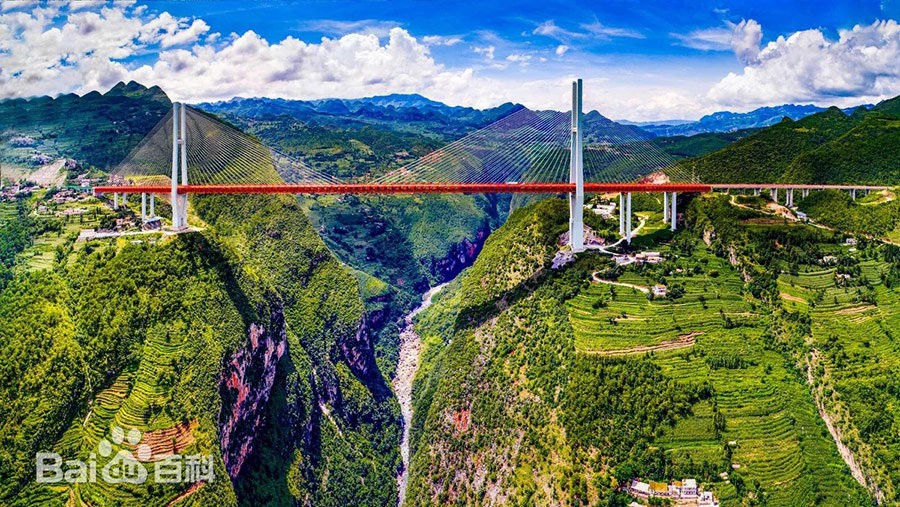
Environmental and Economic Impact
The construction of the Papanjiang No. 1 Bridge has had a significant impact on the local economy by improving transportation access to the more remote parts of Guizhou. Previously, the Papanjiang River was difficult to cross due to its deep gorges, requiring long detours and resulting in economic isolation for some communities. With the completion of the bridge, travel time has been greatly reduced, and the region now enjoys better connectivity, which fosters both local and regional economic development.
The bridge also contributes to the sustainable development of the area by enabling smoother transport of goods and resources, especially in a region where traditional land routes were often cut off by seasonal flooding or rugged terrain. Additionally, the bridge is equipped with state-of-the-art technology that monitors its structural integrity, helping to maintain its safety for decades to come.
Notable Tourist Attractions in Guizhou and Yunnan
Aside from the awe-inspiring Papanjiang No. 1 Bridge, Guizhou and Yunnan are home to some of China’s most scenic and culturally rich destinations. Visitors to these provinces will be delighted by the breathtaking landscapes, historical sites, and ethnic traditions that are preserved in the region. Here are a few must-visit destinations:
Lijiang Old Town (Yunnan)
Lijiang, a UNESCO World Heritage Site, is renowned for its ancient town, which is characterized by cobblestone streets, traditional Naxi architecture, and scenic canals. The town is also a gateway to the majestic Jade Dragon Snow Mountain, which offers opportunities for hiking, skiing, and sightseeing. Lijiang Old Town is a beautiful destination for exploring traditional Chinese culture and experiencing the daily life of the Naxi people.
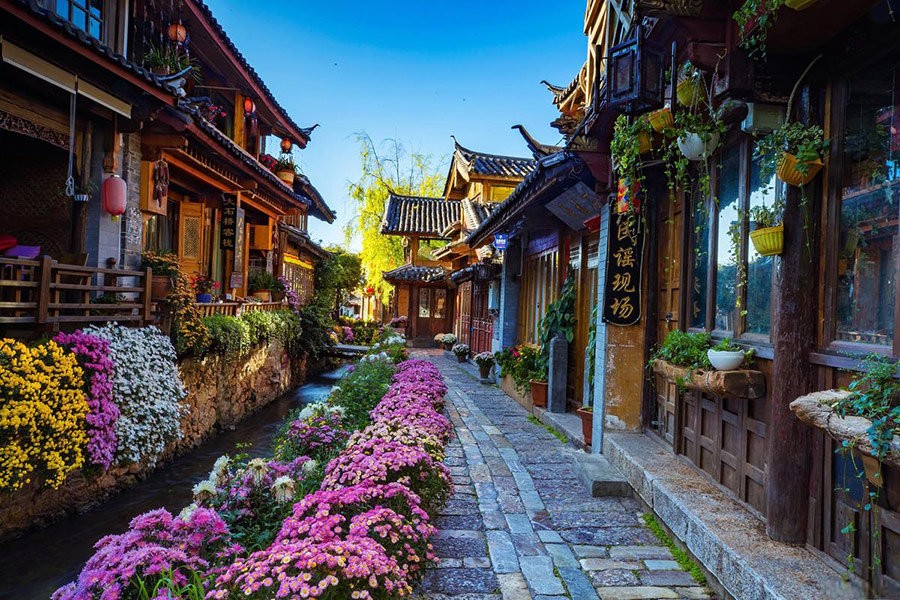
Dali (Yunnan)
Located on the shores of Erhai Lake and surrounded by the Cangshan Mountains, Dali is a picturesque town in Yunnan known for its vibrant Bai ethnic culture and ancient architecture. Visitors can explore the historical Three Pagodas, visit traditional markets, and enjoy the tranquil beauty of the Erhai Lake, which is often referred to as the “Swan Lake” due to its migratory bird populations.

Huangguoshu Waterfall (Guizhou)
Located in Anshun, Huangguoshu Waterfall is one of the largest waterfalls in Asia and a natural wonder in Guizhou. With a height of 77.8 meters and a width of 101 meters, the waterfall is a popular tourist attraction, offering stunning views and a series of walking trails that lead visitors to different viewpoints. The surrounding Huangguoshu Waterfall Scenic Area is an ideal location for nature lovers and photographers.
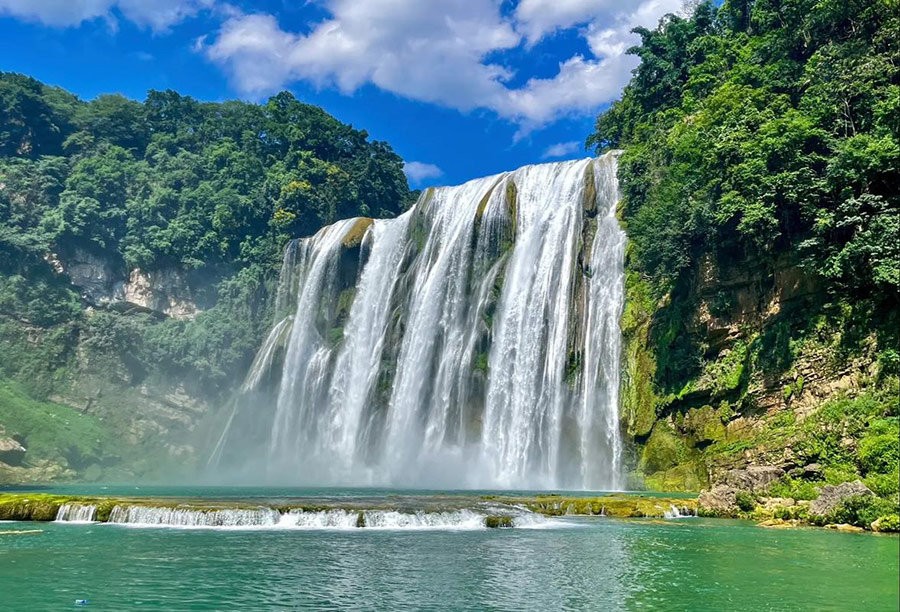
Fanjing Mountain (Guizhou)
A UNESCO World Heritage Site, Fanjing Mountain is considered one of Guizhou’s most sacred and stunning natural landmarks. The mountain is famous for its unique rock formations, including the towering Fanjing Temple, perched dramatically atop a rock spire. The combination of ancient Buddhist heritage and natural beauty makes this area one of the most visited in the province.
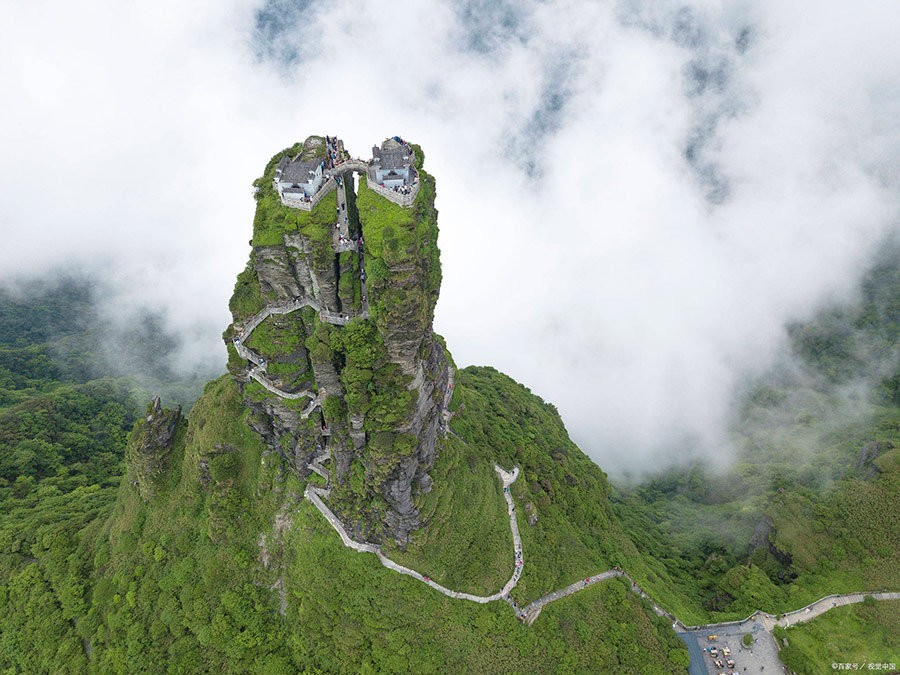
Stone Forest (Yunnan)
The Stone Forest in Yunnan is a geological wonder that features dramatic limestone formations, shaped over millions of years by erosion. The site is often referred to as the “Forest of Stone” and offers visitors a surreal landscape of towering rock spires and hidden pathways. The Stone Forest is one of China’s most unique natural sites and a must-see for visitors to Yunnan.
The Papanjiang No. 1 Bridge is a remarkable testament to the advancements in modern engineering and is a key symbol of China’s infrastructure achievements. Its world records, innovative design, and contribution to regional development have made it a global icon. In addition to the bridge, Guizhou and Yunnan offer visitors a rich tapestry of natural beauty, historical significance, and cultural diversity, making them ideal destinations for those looking to explore China’s lesser-known gems.
From the highest bridge in the world to stunning waterfalls, ancient towns, and mystical mountains, these provinces provide a rich and varied travel experience that combines both man-made and natural wonders in equal measure.
Contact us today to craft your dream China adventure!

